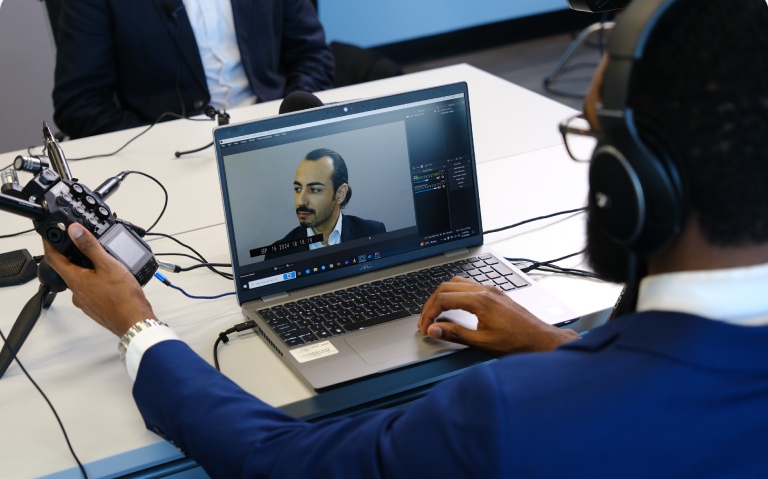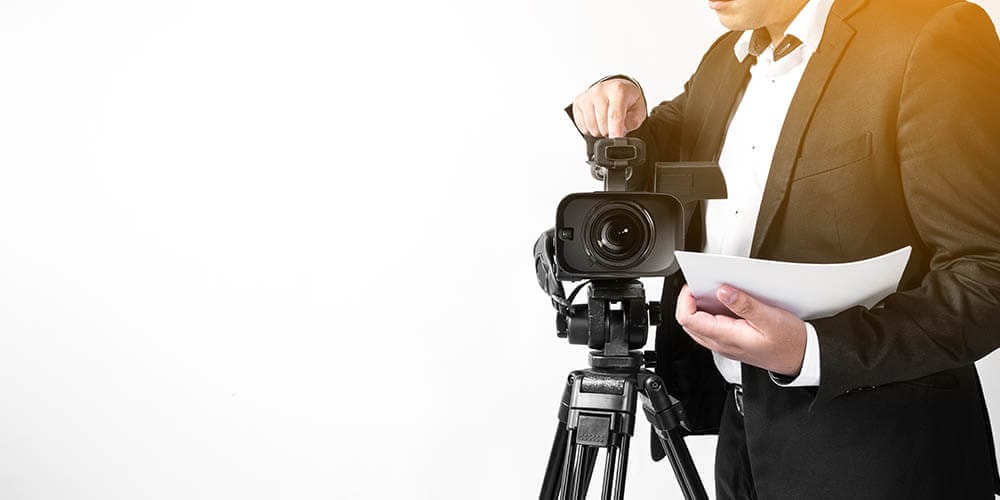How Legal Videography Improves the Precision of Legal Proceedings
How Legal Videography Improves the Precision of Legal Proceedings
Blog Article
Why Legal Videography Is Vital for Accurate Court Recordings
The duty of legal videography in court settings can not be overemphasized, as it acts as a necessary tool for preserving the honesty of court records. By capturing both spoken and non-verbal interaction, it improves the clarity of witness testaments and mirrors the nuances of court interactions. This thorough paperwork not only help in lowering prospective misunderstandings yet likewise supports appellate testimonials, thus reinforcing the judicial procedure. Nonetheless, the implications of incorporating legal videography into common court practices increase important inquiries regarding its broader effect on the legal system. What might these effects involve?
Relevance of Visual Evidence
In the world of lawful proceedings, the significance of visual proof can not be overemphasized. Visual evidence functions as an effective tool in developing facts, supporting testimonies, and improving the total quality of a situation. This kind of proof, which consists of photographs, videos, and layouts, can provide a tangible context that verbal descriptions usually do not have, therefore supplying courts and courts a more clear understanding of the conditions surrounding a situation.
Additionally, aesthetic evidence aids in the retention of info. Human cognition is naturally aesthetic, and people are most likely to bear in mind and understand info presented in a visual layout. In the court, this can be vital, as engaging visual evidence can guide point of views and reinforce the story offered by lawful reps.
In addition, using aesthetic evidence can lessen misconceptions and obscurities that often occur from verbal exchanges. By offering a direct representation of occasions, visual evidence aids to get rid of subjective interpretations and promotes a much more objective assessment of the truths. The integration of visual proof right into lawful procedures not only reinforces the stability of the judicial procedure however additionally boosts the chance of accomplishing a just outcome.
Capturing Non-Verbal Cues
Making use of sophisticated videography strategies can substantially enhance the capture of non-verbal signs during legal process. Non-verbal communication, consisting of faces, body movement, and eye contact, plays a crucial function in conveying feelings and objectives that might not be explicitly mentioned in verbal testament. legal videography. Legal videography utilizes high-definition cams and tactical angles to make certain that these refined signs are tape-recorded with quality and precision
The capability to evaluate non-verbal habits can give valuable context to statements made throughout court sessions. A witness's unwillingness or self-confidence can be translated with their pose or motions, possibly affecting the jury's understanding of credibility. Additionally, the use of close-up shots can assist concentrate on a speaker's expressions, permitting a much more nuanced understanding of the testimony.
In addition, integrating several electronic camera angles can produce a detailed sight of communications, highlighting dynamics between parties included. This complex approach not only boosts the precision of the court document but likewise help in maintaining the integrity of the judicial procedure - legal videography. Ultimately, catching non-verbal cues through legal videography cultivates a richer, much more full representation of courtroom procedures

Enhancing Testament Reliability
The integrity of testament can be significantly reinforced through the use of top quality legal videography. Video recordings function click for more as an unbiased medium that captures not only the spoken words of witnesses but also the nuances of their delivery, consisting of tone, pacing, and psychological expressiveness. This diverse paperwork offers a more clear understanding of the witness's integrity and purposes, which can be critical in lawful process.
Furthermore, lawful videography lessens the potential for false impressions that may arise from composed records alone. When jurors can observe a witness's attitude and body language combined with their statement, they are better outfitted to examine the authenticity and reliability of the proof presented. This aesthetic context can enhance the testimonial narrative, making it extra engaging and reliable.
Additionally, the presence of a video recording can hinder potential disparities in statement. Witnesses might be extra careful in their declarations when they know they are being taped, leading to even more accurate and genuine accounts. In general, high-grade legal videography improves the honesty of testament, guaranteeing that the court has access to a total and genuine representation of the facts as communicated by the witnesses.
Sustaining Appeals and Reviews
Lawful videography plays a critical role in supporting charms and reviews by offering a thorough official website visual document of court room proceedings. This aesthetic documents catches not only the spoken words of witnesses and attorneys yet additionally the subtleties of body movement, intonation, and court room characteristics. Such components can be crucial in understanding the context of statements and disagreements provided.
In the appellate procedure, where the emphasis is on errors of legislation and step-by-step justness, a video record can function as a vital device for appellate courts. It makes it possible for courts to examine the original test context, ensuring that decisions are based upon a full understanding of the proceedings. The ability to visually evaluate the attitude of witnesses or the communications in between events can reveal understandings that composed transcripts might forget.

In addition, lawful videography can assist in making clear obscurities in testaments or procedural judgments, consequently strengthening the basis for an allure. By supplying a trusted, objective account of what transpired in court, lawful videography not only supports the honesty of the legal process yet additionally encourages all events entailed to make enlightened choices regarding their cases.
Simplifying Courtroom Procedures
Enhancing court room performance, lawful videography streamlines procedures by supplying immediate accessibility to visual records of process. This modern technology permits judges, lawyers, and courts to review essential statement and evidence, ensuring that all celebrations have a clear understanding of the case. By recording the nuances of spoken and non-verbal communication, videography improves the document, making it easier to understand the context and weight of testaments.

Furthermore, video recordings can promote remote involvement in hearings, permitting better adaptability in organizing and involvement, which is especially important in complex instances involving numerous stakeholders.
Conclusion
Finally, lawful videography plays a crucial function in read here guaranteeing accurate court recordings by giving necessary visual evidence that records both verbal and non-verbal interaction. This practice improves the reliability of statements, sustains appellate reviews, and enhances courtroom processes. By cultivating a comprehensive understanding of court characteristics, legal videography eventually adds to much more fair judicial end results, reinforcing the stability of the lawful system and helping with notified decision-making.
Report this page